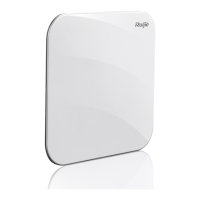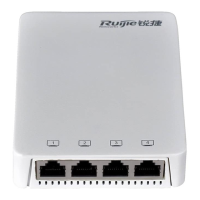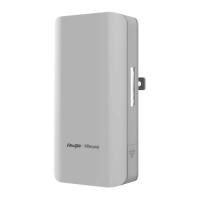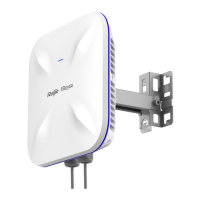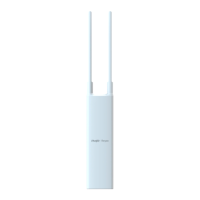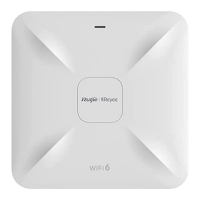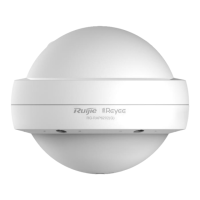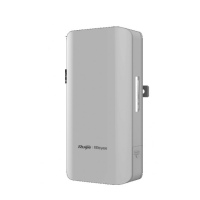Configuration Guide Configuring IPv6
the NS packet, that is, the link-layer address of the solicited node. After receiving this NA packet, the source node can
communicate with the destination node.
Figure 3-11 shows the address resolution process.
Figure 3-11
NUD
If the reachable time of a neighbor has elapsed but an IPv6 unicast packet needs to be sent to it, the device performs
NUD.
While performing NUD, the device can continue to forward IPv6 packets to the neighbor.
DAD
To know whether the IPv6 address configured for a host is unique, the device needs to perform DAD by sending an NS
packet in which the source IPv6 address is the unspecified address.
If a device detects an address conflict, this address is set to the duplicate status so that the device cannot receive IPv6
packets with this address being the destination address. Meanwhile, the device also starts a timer for this duplicate
address to periodically perform DAD. If no address conflict is detected in re-detection, this address can be properly used.
Router, Prefix, and Parameter Discovery
A device periodically sends RA packets to all local nodes on the link.
Figure 3-12 shows the RA packet sending process.
Figure 3-12
An RA packet usually contains the following content:
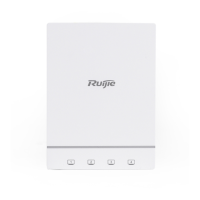
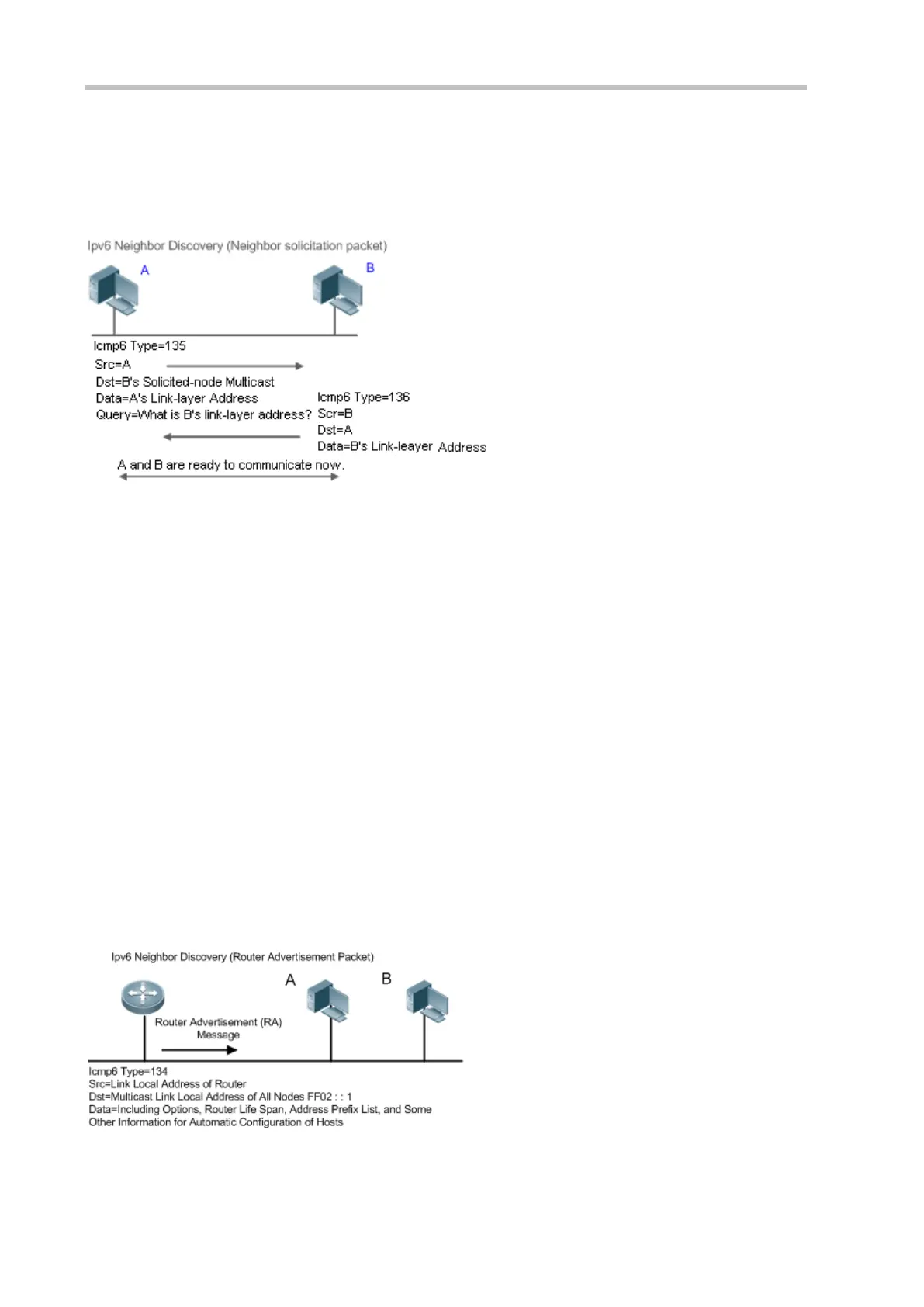